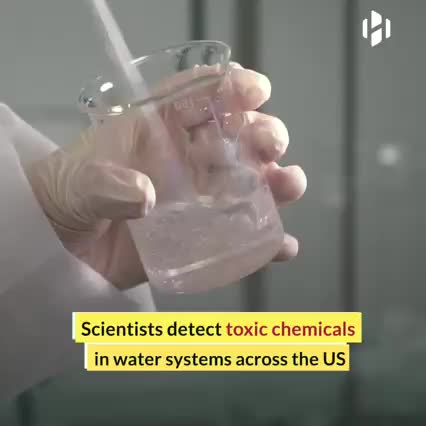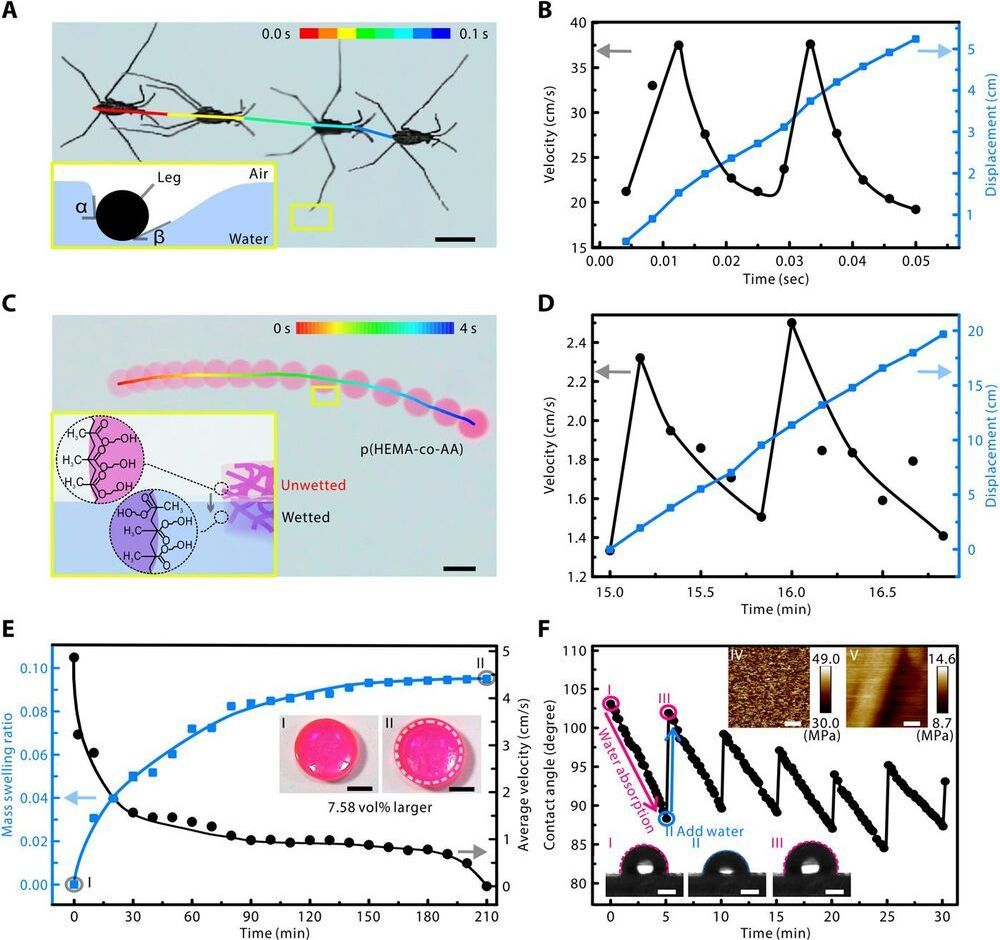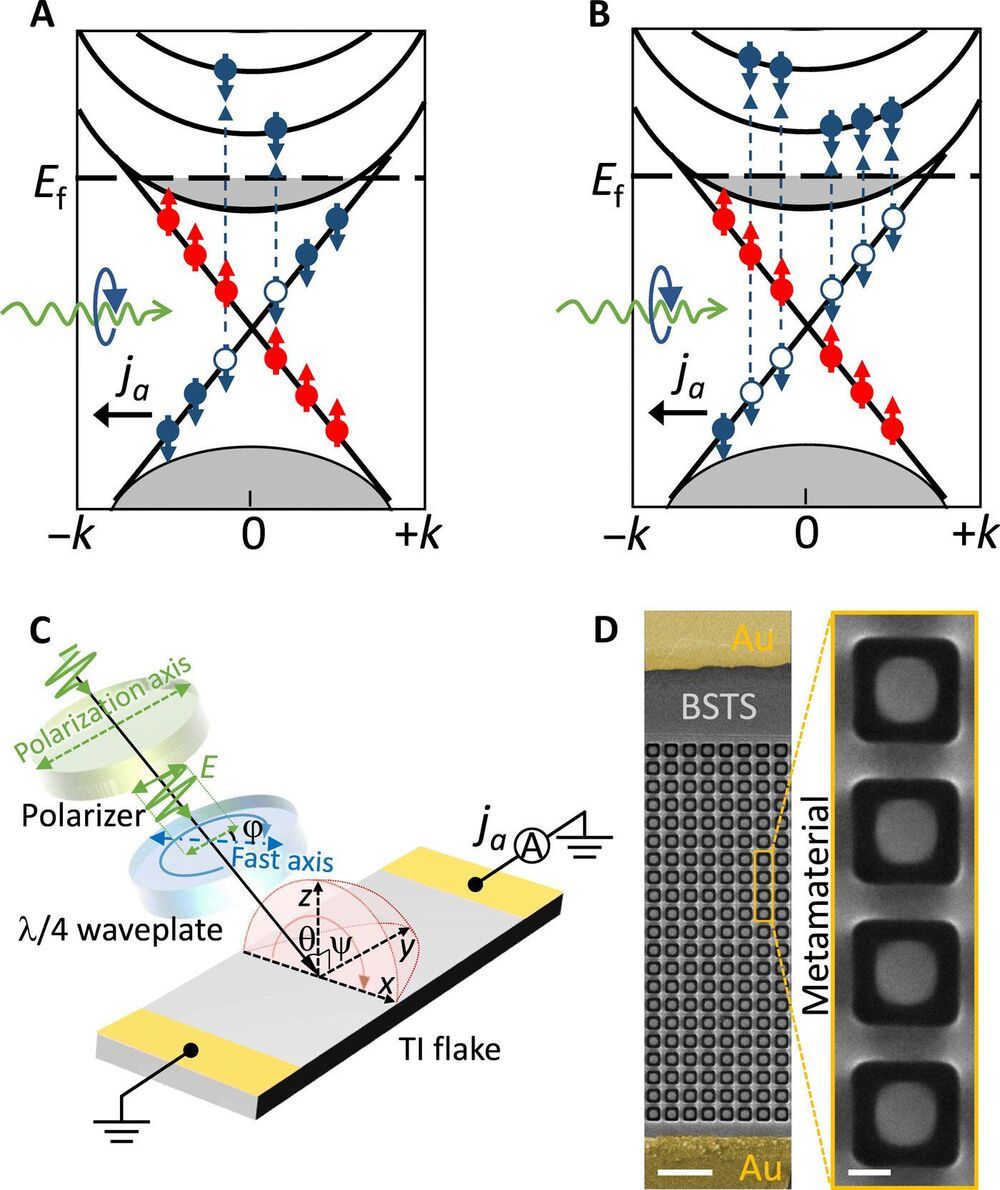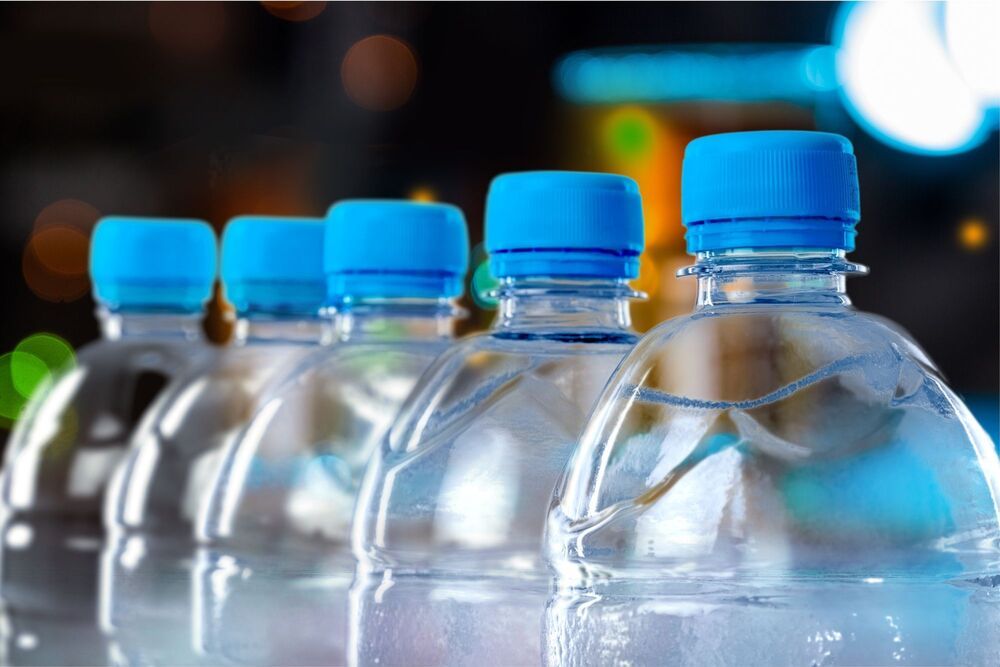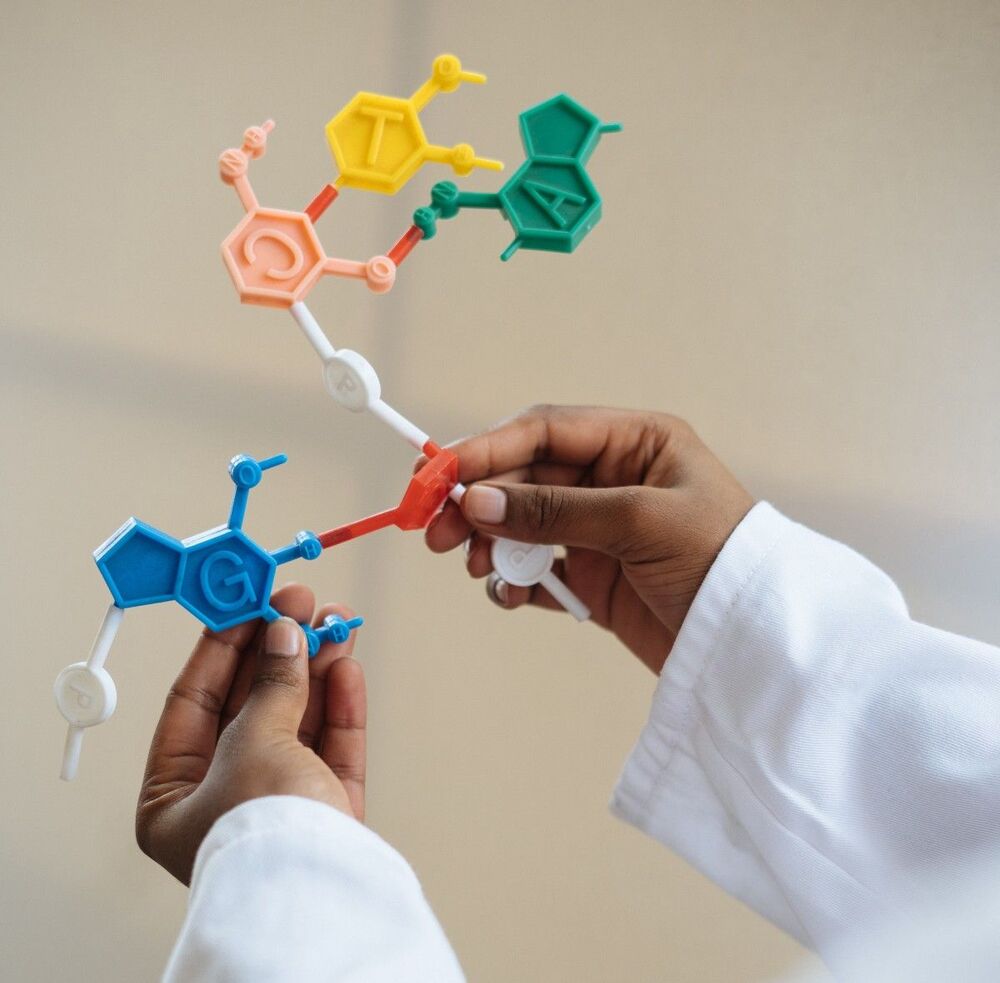
Fueled by the need for faster life sciences and healthcare research, especially in the wake of the deadly COVID-19 pandemic, IBM and the 100-year-old Cleveland Clinic are partnering to bolster the Clinic’s research capabilities by integrating a wide range of IBM’s advanced technologies in quantum computing, AI and the cloud.
Access to IBM’s quantum systems has so far been primarily cloud-based, but IBM is providing the Cleveland Clinic with IBM’s first private-sector, on-premises quantum computer in the U.S. Scheduled for delivery next year, the initial IBM Quantum System One will harness between 50 to 100 qubits, according to IBM, but the goal is to stand up a more powerful, more advanced, next-generation 1000+ qubit quantum system at the Clinic as the project matures.
For the Cleveland Clinic, the 10-year partnership with IBM will add huge research capabilities and power as part of an all-new Discovery Center being created at the Clinic’s campus in Cleveland, Ohio. The Accelerator will serve as the technology foundation for the Clinic’s new Global Center for Pathogen Research & Human Health, which is being developed to drive research in areas including genomics, single-cell transcriptomics, population health, clinical applications and chemical and drug discovery, according to the Clinic.


